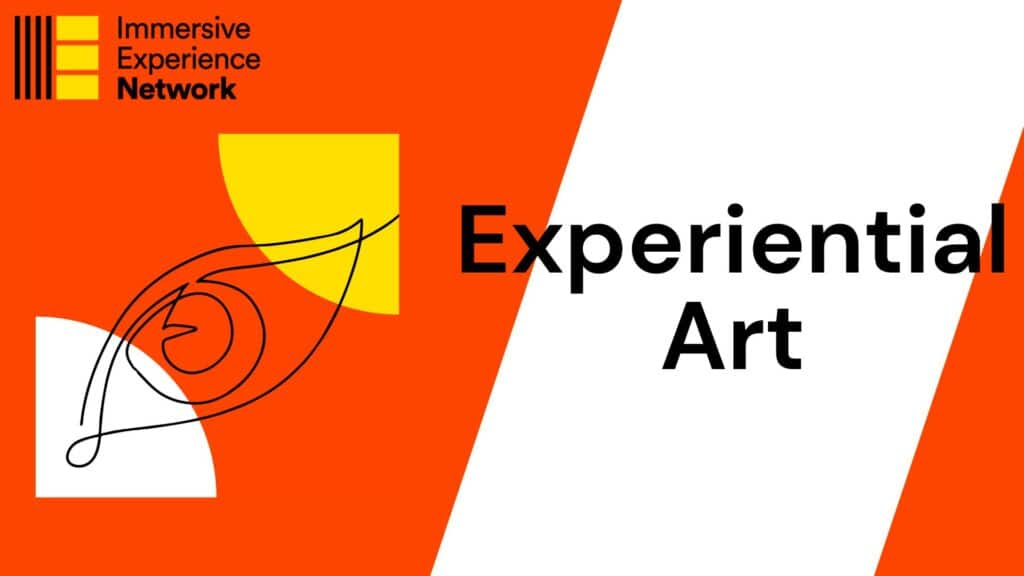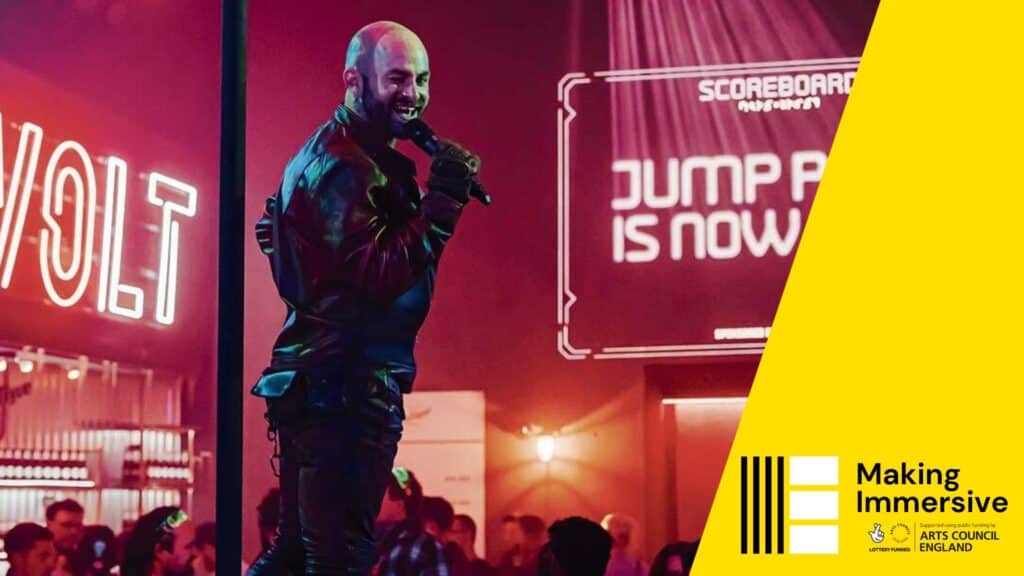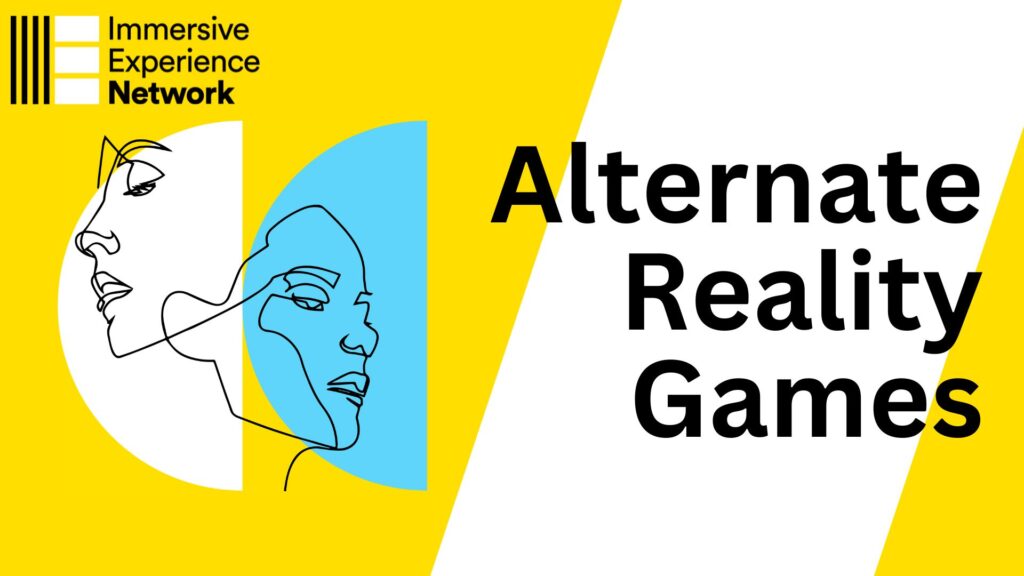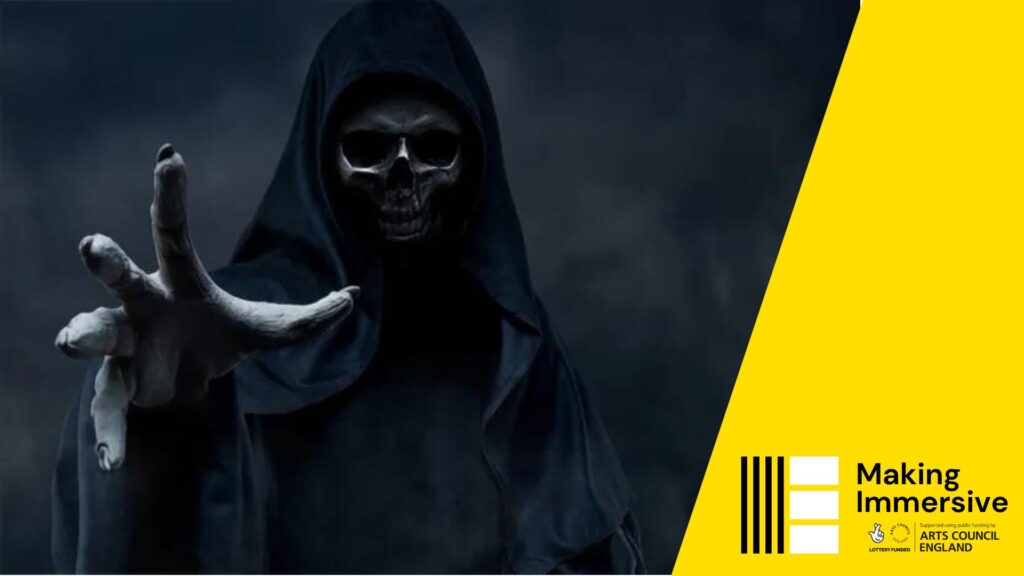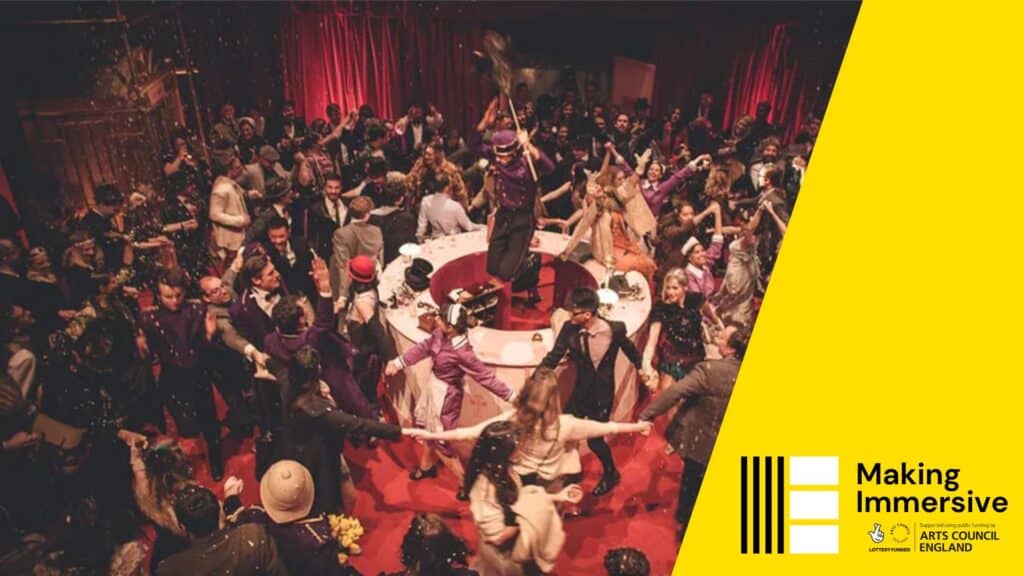What is experiential art?
Experiential art is a contemporary art form that emphasises direct engagement and interaction between the artwork and its audience. Unlike traditional visual arts, which are often experienced passively through observation, experiential art invites participants to become an integral part of the art itself, often blurring the lines between the artist, the artwork, and the observer.
This form of art can encompass a wide range of mediums, including installations, digital art, performance art, and interactive sculptures, all designed to create a multisensory experience that evokes emotional, cognitive, or physical responses.
Alternative names for experiential art might include interactive art, immersive art, or participatory art, each emphasising different aspects of the audience’s involvement in the art experience.
Where did experiential art come from?
Experiential art exhibitions are new iterations of the traditional art gallery, with artists showcasing their work to visitors. The roots of experiential art are in the 1960s’ ‘happenings’ which challenged the traditional way of consuming art by making the audience part of the experience.*
Nat Trotman, a curator at the Guggenheim, discussed the evolution of experiential art, noting its significant growth in popularity since the early 2000s. He attributed this rise to a combination of factors. He told Artsy: “I think that had to do with consumerism and economic trends, but also with technology, smartphones, and our filtered experience of the world through social media. That led to a greater interest in ephemeral, live experiences of art through performance.”
What makes experiential art immersive?
Interactive elements
One of the key features that make experiential art immersive is its use of interactive elements. These can range from physical objects that viewers can manipulate or explore to digital interfaces that respond to the audience’s actions. Interaction transforms the art experience from a static observation to a dynamic participation, fostering a deeper connection between the audience and the artwork.
Multisensory engagement
Experiential art often engages multiple senses, including sight, sound, touch, and sometimes even smell and taste. This multisensory approach enriches the art experience, making it more vivid and memorable. By stimulating more than just the visual sense, experiential art creates a holistic experience that fully immerses participants in the artwork.
Physical space
The physical space in which experiential art is presented plays a significant role in its immersive quality. Artists carefully design these spaces to enhance the interaction and engagement of the audience with the artwork. Whether it’s a large-scale installation that envelops the viewer or a more intimate setting that encourages personal reflection, the spatial design contributes significantly to the immersive experience.
How is experiential art similar to, or different from, other immersive experiences?
The design of the physical environment is as important for experiential art as it is for escape rooms, LARPs, and immersive and interactive theatre, Experiential art exhibitions, though, are walk-through experiences with no objective or time pressure and no need for visitors to get into character, making them similar to themed attractions. Unlike themed attractions, however, these experiences highlight the work of a specific artist or artists, and there may not always be a clear and literal theme.
Examples of experiential art
Experiential art can take many forms. Artists like James Turrell and the collective teamLab have been central to experiential art events. Turrell is known for his immersive light installations all over the world, while teamLab – an interdisciplinary art collective – creates vast digital landscapes that invite audience interaction.
In the UK, visitors to the ‘David Hockney: Bigger & Closer (Not Smaller & Further Away)’ exhibition were able to step into the painter’s work at Lightroom in London thanks to room-scale projections and accompanying audio.
A more physical example, Yayoi Kusama’s ‘You, Me and the Balloons’ took over Factory International in Manchester with giant inflatable sculptures and video messages, while ‘Wake the Tiger’ in Bristol hybridises experiential art and theming to create an immersive, exploratory adventure set within a hidden wonderland of storytelling and art installations.
